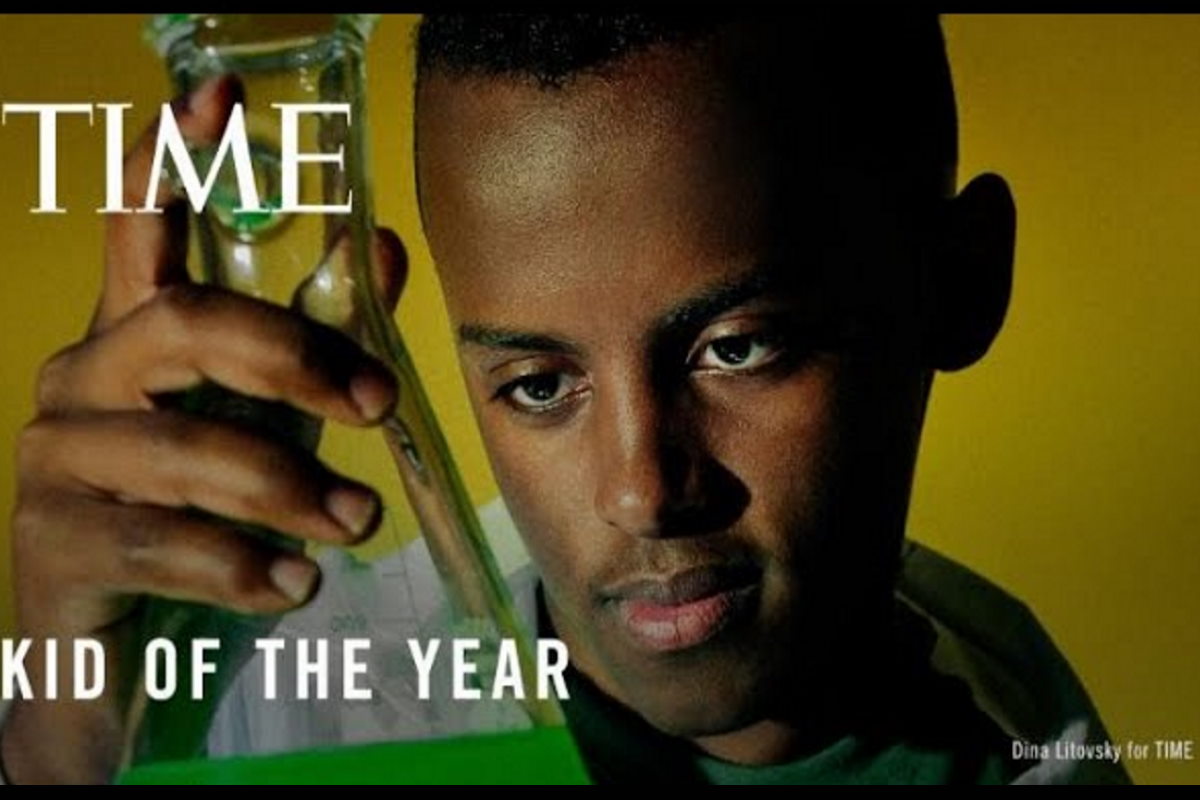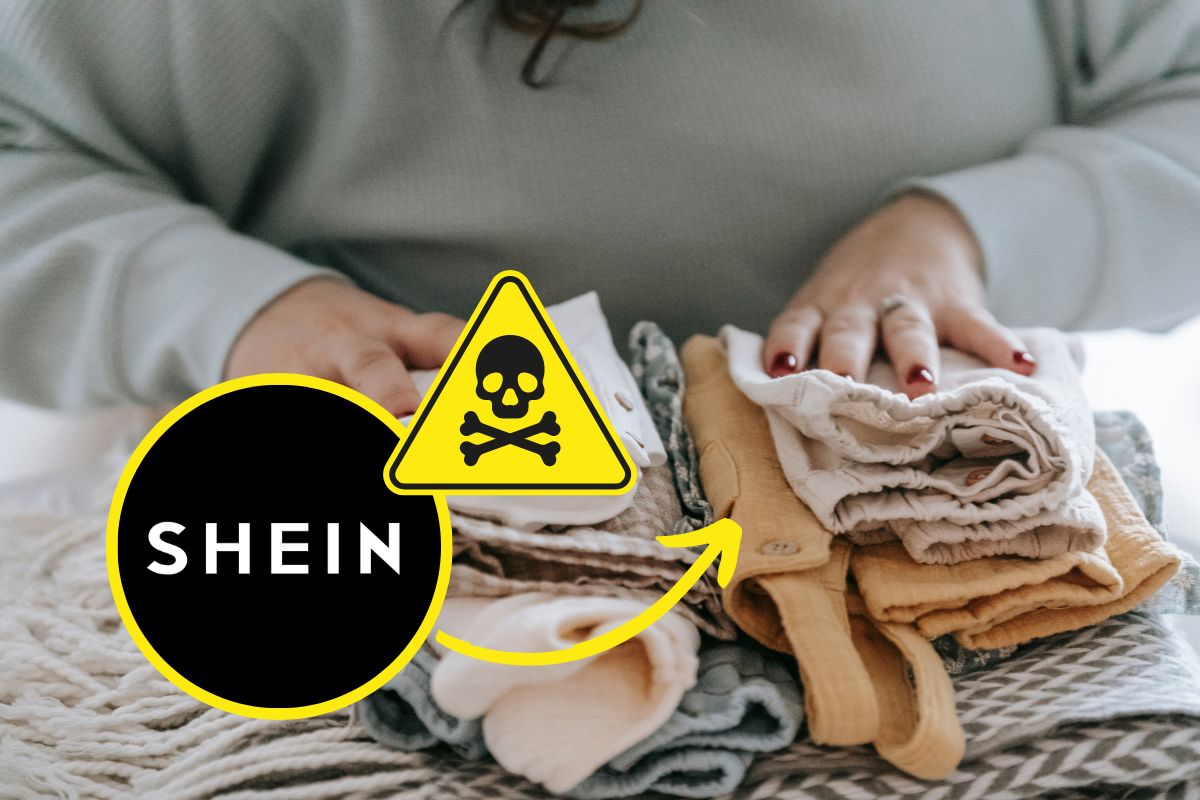At 15, Heman Bekele was named TIME's "Kid of the Year" for inventing a soap that fights skin cancer. This simple yet revolutionary innovation demonstrates the potential of young minds in fighting global challenges.

@TIME
At just 14, he was awarded the title of “Top Young Scientist in America.” Now, at 15, he has been featured on the cover of TIME as “Kid of the Year.”
We are talking about Heman Bekele from Annandale, Virginia, USA. He first came into the spotlight when he was named “Top America’s Young Scientist” during the 3M Young Scientist Challenge, which awarded him $25,000 for his innovative research.
A soap that fights skin cancer
Heman’s groundbreaking idea is a soap that combats skin cancer. The “anti-cancer” soap is made by combining salicylic acid, glycolic acid, and tretinoin. This simple, easy-to-use innovation could represent a significant breakthrough in the fight against this disease.
Last year, he submitted a video for the 3M competition, explaining the potential of the compounds in his soap, which act as activators of dendritic cells. These cells, named for their tree branch-like structures, help protect the skin by enhancing immune responses. The young scientist further enriched his soap with particles capable of penetrating the skin and preventing tumor formation.
A young mind with big ideas
This discovery is astonishing, especially considering it was made by such a young mind. Heman has stated that his passion for science and curiosity began when he was just six years old, after receiving a chemistry kit from “Santa Claus.” Today, just nine years later, he is one of the cover faces of the renowned magazine, which annually selects the most significant personalities in our society.
Heman’s achievements confirm that solutions to the global challenges we face every day can come from anyone, regardless of age. It is crucial to encourage young people, both boys and girls, to pursue careers in science from a very young age.

